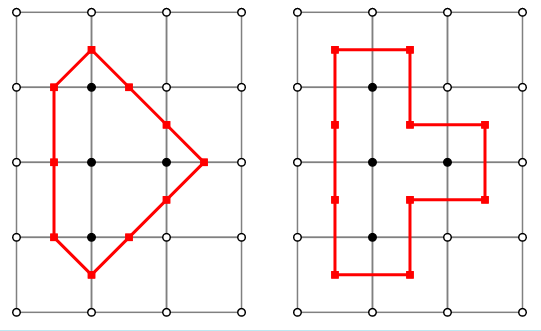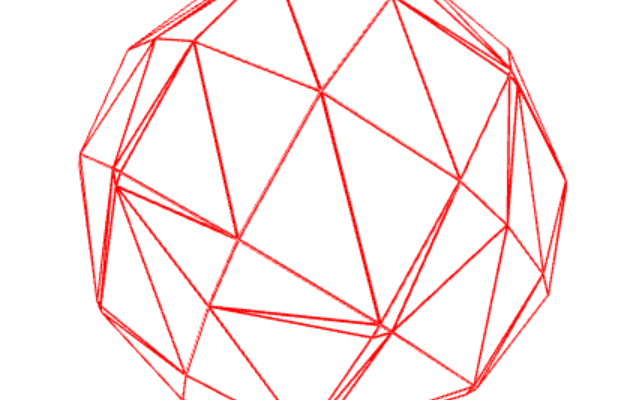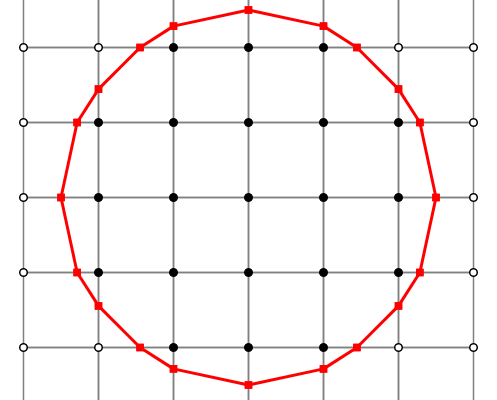I went over a previous project to randomly generate paths between points and came up with a much more efficient and versitile algorithm.
(EDIT: In 2022 I found an even better way.)
The algorithm is simple. Start with the entire area covered in path tiles, then and remove tiles one by one until only a thin path remains. When removing tiles, you cannot remove any tile that will cause the ends of the path to become disconnected. These are called articulation points (or cut-vertices). I use a fast algorithm based on DFS to find the articulation points. I had to modify the algorithm slightly so it only cares about articulation points that separate the ends, rather than anything which cuts the area in two. After identifying articulation points it’s just a matter of picking a random tile from the remaining points, and repeating. When there are no more removable tiles, you are done. Or you can stop early, to give a bit of a different feel.
I call it “chiseling” as you are carving the path out of a much larger space, piece by piece.
See on github .
Continue reading



